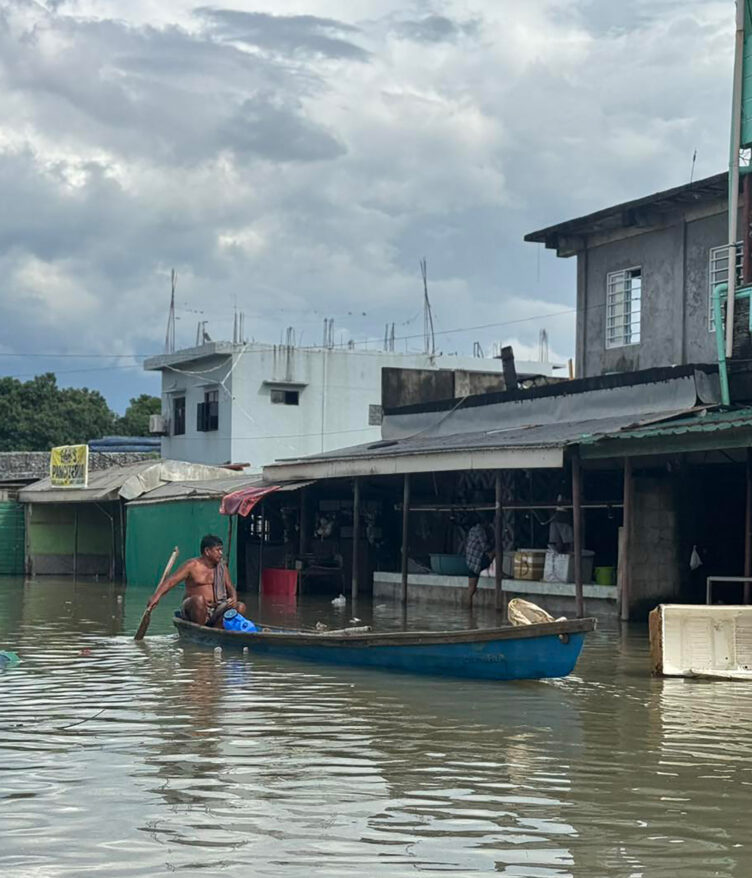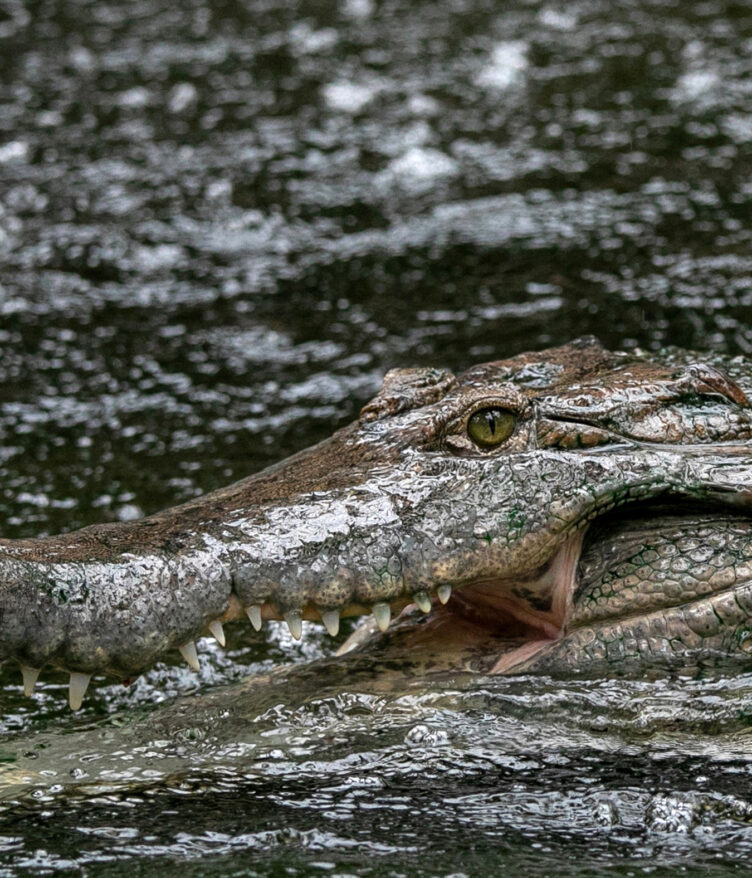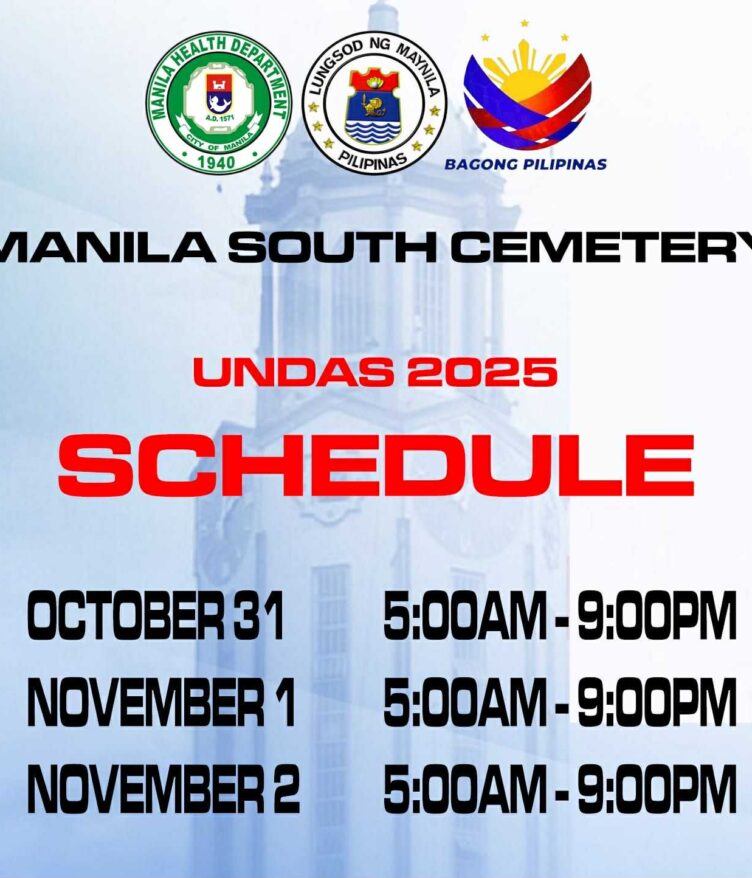Vatican City, Holy See: Pope Francis died of a stroke on Monday at the Vatican aged 88.
His funeral is to be held Saturday in the presence of worshippers and dignitaries before a conclave of cardinals is convened to elect a successor.
Here’s what we know about the circumstances surrounding the pope’s death and what is to follow.
Fatal stroke
Pope Francis was admitted to Rome’s Gemelli hospital on February 14 with bronchitis, which later turned into double pneumonia that almost killed him twice.
He left hospital on March 23 and was due to undergo a strict two-month convalescence period.
But the Argentine made a series of impromptu public appearances, looking increasingly weak.
The Vatican announced his death early Monday morning.
Francis died of “cerebral stroke, coma, irreversible cardiocirculatory collapse”, according to a death certificate released by the Vatican.
Lie in state
His body was displayed on Monday evening in an open coffin — which he previously ordered should be of wood and zinc — in the chapel of Casa Santa Marta, the Vatican residence where he lived.
In photos published by the Vatican, Francis was seen wearing his red papal vestments, a mitre on his head and had a rosary between his fingers.
His body is to be transferred to St. Peter’s Basilica Wednesday at 9:00 am (0700 GMT) to lie in state.
Funeral
Francis’s funeral will take place at 10:00 am (0800 GMT) on Saturday in the square in front of St Peter’s Basilica.
The coffin will then be taken inside the church and from there to the Rome basilica of Santa Maria Maggiore for burial.
World leaders and faithful from across the globe are expected to flock to Rome to attend the ceremony and pay their respects to the leader of the world’s 1.4 billion Catholics.
US President Donald Trump, Ukraine’s Volodymyr Zelensky and France’s Emmanuel Macron are among those who said they would attend.
Conclave
The starting date of the conclave, during which 135 so-called “cardinal electors” will choose Francis’s successor, is not yet known.
But it should begin no less than 15 and no more than 20 days after the death of the pope, thus between May 5 and May 10.
The cardinals will meet in the Sistine Chapel, a Renaissance jewel adorned with Michelangelo’s celebrated frescoes, and hold four ballots a day — two in the morning and two in the afternoon — until one candidate wins two-thirds of the votes.
At the end of each session, the ballots are burned in a stove by the chapel, releasing smoke above the Apostolic Palace as the world watches.
If black smoke billows from a chimney overlooking St Peter’s Square, the vote has been unsuccessful.
White smoke signals a new pope has been elected.
Read More:
- In Discussion: Conclave by Robert Harris
- LOOK: Dog-shaped coffin, horse-shaped tomb for revered Ifugao hunter
- Pope Francis death from a stroke sets off global tributes, mourning
- Archbishop Cardinal Tagle among 15 potential successors to Pope Francis
How useful was this post?
Click on a star to rate it!
Average rating 0 / 5. Vote count: 0
No votes so far! Be the first to rate this post.
We are sorry that this post was not useful for you!
Let us improve this post!
Tell us how we can improve this post?









